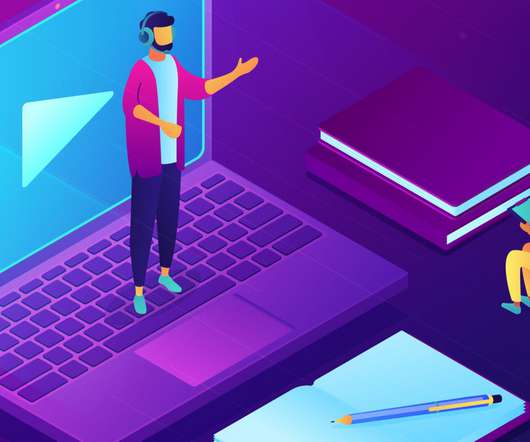How to Serve Students With Special Needs From Afar
Edsurge
APRIL 1, 2020
What is Universal Design for Learning? Luis Perez : Universal design for learning begins with the premise that all learners vary, and that the way that we address that variability is by designing a flexible curriculum that has lots of choice. Because if I can’t do that, then neither can assistive technology.














Let's personalize your content